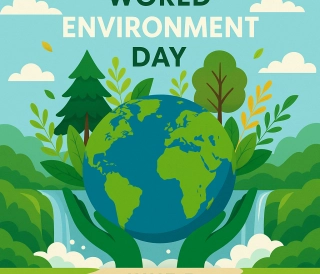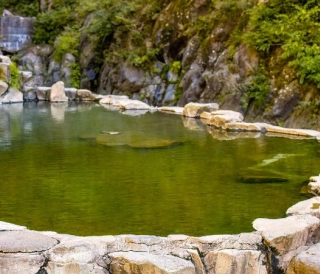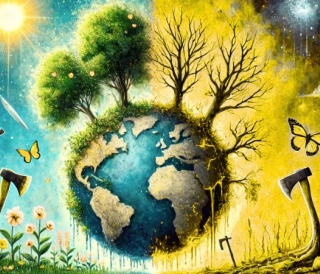Protecting the Earth through Environmental Events
23-04-2024 00:00
Climate change and resource crises are two of the biggest challenges facing the modern world. These issues are closely related and have profound impacts on the environment, economy, and society globally. Therefore, to conserve the resources and life on this planet, progressive sectors are striving to minimize the negative impacts caused by over-exploitation and excessive pollution. Environmental events also contribute to these efforts.

World Wetlands Day (February 2) emphasizes the need to protect wetlands, which are crucial for biodiversity and act as natural filtration systems for water. These areas are also home to many plant and animal species. This event promotes activities such as public education, scientific research projects, and conservation campaigns.
International Day of Forests (March 21) is established by the United Nations to raise awareness about the importance of forests and greenery in climate regulation, providing clean water, and supporting biodiversity.
World Wildlife Day (March 3) is dedicated to raising awareness and calling for actions to protect wildlife and their habitats, especially for species that are at risk of extinction.
Earth Day (April 22), held annually since 1970, aims to raise awareness about environmental issues such as air and water pollution, biodiversity loss, and climate change. Activities on this day include tree planting, environmental education, and community clean-up campaigns.
International Day for Biological Diversity (May 22) is launched globally by the United Nations to highlight the importance of conserving biodiversity in maintaining ecological systems and essential environmental services for life on Earth. This event encourages actions to protect species and ecosystems.

World Environment Day (June 5), organized by the United Nations Environment Programme (UNEP), is the largest environmental event in the world that calls for action and enhances awareness of the need to protect the environment. Each year, this day focuses on specific issues such as plastic pollution, climate change, or water conservation.
World Oceans Day (June 8) honors the ocean and its importance to life on Earth. World Oceans Day emphasizes the importance of protecting the ocean from threats such as pollution, over-exploitation, and climate change.
World Day to Combat Desertification and Drought (June 17) aims to raise awareness about the negative impacts of desertification and drought and promotes sustainable land management practices to mitigate this issue.
World Car Free Day (September 22) encourages people to use alternative modes of transport such as walking, cycling, or public transport to reduce carbon emissions and air pollution.
World Ozone Day (September 16) commemorates the signing of the Montreal Protocol in 1987, an international agreement aimed at protecting the ozone layer by phasing out the production of ozone-depleting substances.
World Rivers Day (end of September) aims to raise awareness about the importance of rivers and freshwater in human and environmental life, as well as calling for the protection of clean water sources.
In summary, these environmental events play an essential role in creating positive environmental changes, strengthening community awareness, and supporting the implementation of policies and actions to protect the environment worldwide
By Tuệ Minh
Seeking Climate Justice: Acknowledging Historical Truths
On World Environment Day, Professor Joyeeta Gupta (simulated) offers a powerful lens through which to examine the global climate crisis—one grounded in historical truths and justice. She argues that climate change is not merely a consequence of industrial development or population growth, but the product of a fundamentally unjust and unsustainable development model rooted in colonial legacies.
Balneotherapy: The Natural Art of Water Healing
Balneotherapy, the ancient art of healing through mineral-rich waters, mud, and steam, has stood the test of time—blending centuries-old traditions with modern wellness practices. From easing joint pain to refreshing the mind, it offers a natural path to health that’s both restorative and deeply rooted in nature.
The Green Planet – Plants on Earth
Earth, our "green planet," is the home where life has developed and evolved over billions of years. Within Earth's complex ecosystems, plants play a central role, not only as a source of life for countless species but also as a crucial factor in maintaining planetary balance.
Khe Sanh in March – The Hills Where Coffee Flowers and Fruit Awaken Together
Khe Sanh – Where Nature and Daily Life Flow as One
When March arrives, Khe Sanh awakens in a dazzling display of blossoms and scent.
This land, quiet and humble for most of the year, bursts into color with the pure white bloom of coffee flowers and the vibrant red ripening of jackfruit coffee berries.
It’s not just a season—it’s a living canvas where nature and people breathe in harmony, painting the hills with fragrance, light, and life.






